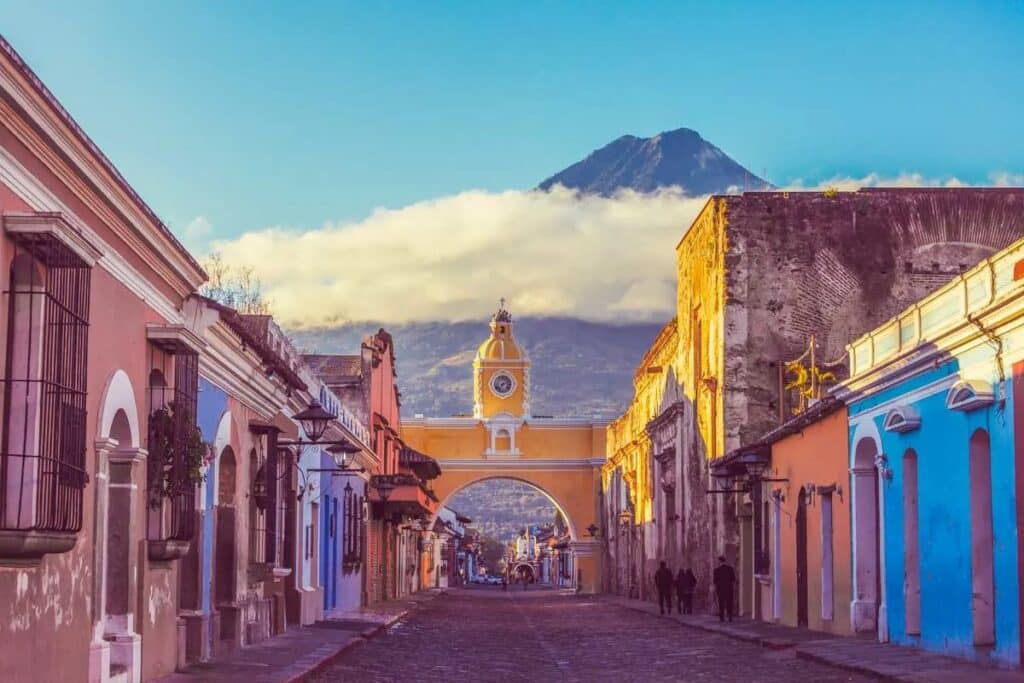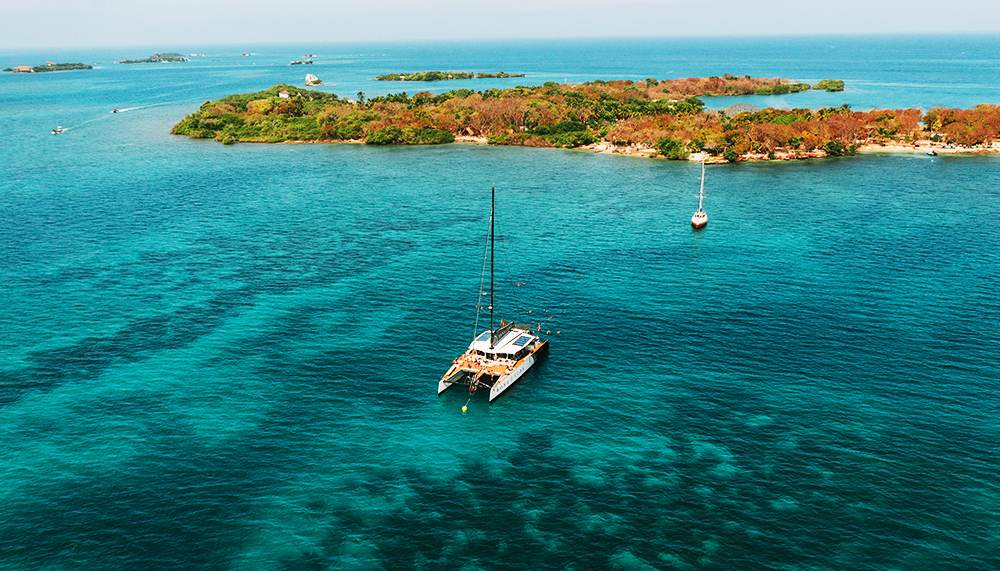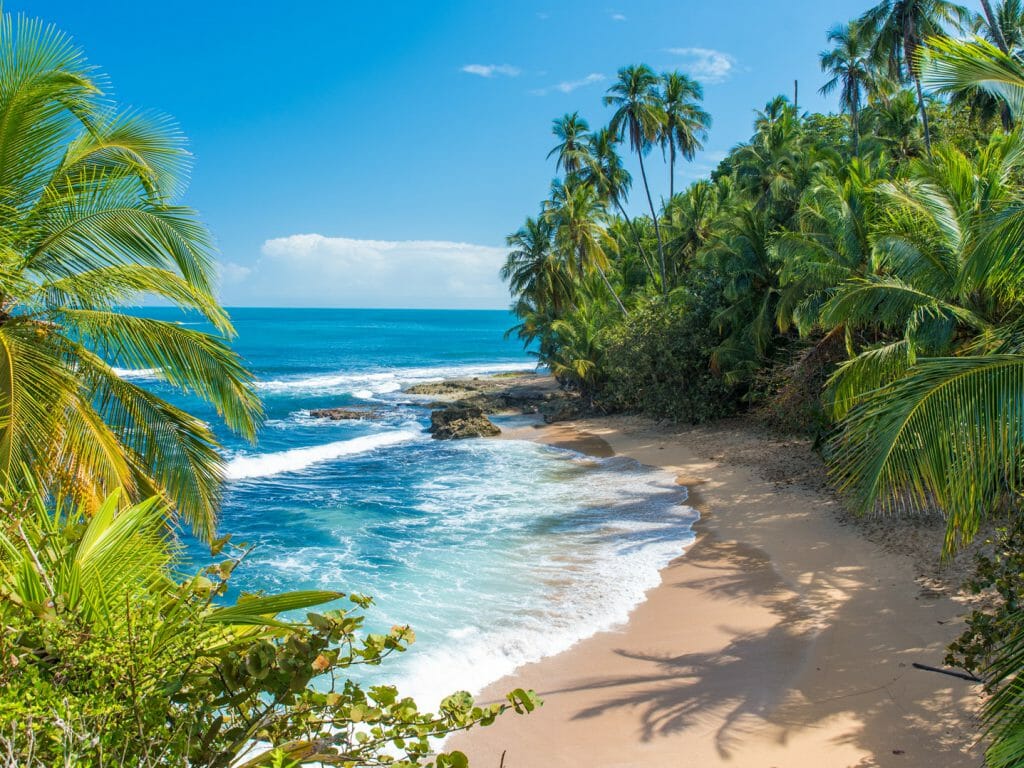As an experienced traveler who has explored every corner of Central America, I can assure you that it is possible to enjoy unique experiences without spending more than necessary. With proper planning, intelligent use of local resources and a flexible mindset, it is possible to travel through Guatemala, Honduras, Nicaragua, Costa Rica, Panama and other countries in the region with a limited budget, without sacrificing quality or authenticity. Here are ten concrete and proven strategies to get the most out of your trip:
1. Schedule trips out of season
Avoiding the period of high demand, which is usually concentrated between December and April, allows access to lower rates for accommodation and transportation. The “green” season, from May to November, offers fewer tourists, more convenient prices and landscapes in their maximum splendor, with lush vegetation. It may rain occasionally, but it is usually short-lived and does not interfere with your plans in general.

2. Low-cost accommodation and alternatives
Hostels and shared dormitories: A bed in a shared dormitory can cost between 5 and 15 dollars per night, depending on the country. Many offer common cuisine, ideal for taking advantage of ingredients from the market.
Camping and hammocks: several coastal areas, in forests or near volcanoes accept campers for a fraction of the price of a room. Carrying a basic hammock can easily save 20-30 USD per night.
Exchange of accommodation for work: volunteer platforms such as Workaway allow lodging in exchange for a few hours a day helping. This formula also offers cultural immersion, adds human context to the trip and can drastically reduce expenses.
3. Local transport: cheap and authentic
Chicken buses (converted old school buses) connect villages for between 1 and 5 dollars. Sometimes they are slow, overloaded and noisy, but you travel between premises, rural areas and receive an indirect education about regional life.
International buses that connect countries are comfortable and cost between 20 and 50 dollars. They are convenient for long routes, night transport or border crossings.
Hitchhiking in rural areas: hitchhiking can be a reliable and authentic option if you speak some Spanish. In less touristy areas, such as in the Guatemala of the Altiplano or the deeper Nicaragua, vans and private vehicles tend to stop easily.
Speaking a few words in Spanish – a greeting, a simple phrase – generates confidence and increases the chances of being accepted for a ride. In addition, hitchhiking not only saves money, but also allows you to meet local people, discover non-tourist routes and live more genuine experiences than traveling by bus.
4. Cash handling and local purchases
In many areas of Central America, paying by card involves extra commissions of up to 15%, so carrying cash is essential. Visiting the local markets allows you to acquire quality fruits, vegetables and meats at very low prices, ideal for preparing your own food. In addition, it is an ideal space to talk with sellers, learn traditions and practice the language.
5. Eat like a local, save a lot
Street food and typical dishes: options such as pupusas, tamales, ceviche, tacos and local soups cost between 1 and 3 USD and are satiating. More tasty and immersive than tourist dishes.
Cooking in accommodations: take advantage of the common kitchen of the hostel to buy at the market and prepare meals for less than half of what you would spend on a menu.
Breakfast included: prioritize accommodations that include it. Complete with fruits from the market and you will have energy for little expense.

6. Share to reduce costs
Traveling as a couple or small groups (2–4 people) allows you to divide expenses for transportation, excursions and food. In addition, sharing the accommodation can include private rooms for less money. Sharing taxis, renting cars or organizing group tours has an immediate effect on the budget.
7. Smart and reusable equipment
Hammock and mosquito net: weighs little and is mounted in seconds. Ideal for areas with lush nature, save on nights at a hostel or camping.
Purifying filter or bottle: eliminates the need for plastic bottles and allows you to drink tap water without risks.
Portable kitchen and basic utensils: cooking is cheap and avoids expensive dinners.
Lightweight and resistant backpack: reduces the costs of extra luggage, mobility and personal wear.
8. Economic connectivity
Buying an eSIM or a local SIM upon arrival is more efficient than relying on roaming. Define an essential data plan and avoid unnecessary charges. So you can use transport apps, maps, reservations and immediate contact with acquaintances or emergencies.
9. Trust in common sense to travel safely
Central America is safe if you travel with caution. Avoid conflicting areas at night, protect your personal belongings, keep your documents nearby, use secure banks and ask locals or recent travelers for recommended areas. Much of the experience depends on where you stay and who you talk to.
10. Free or very cheap activities
Take advantage of natural and cultural wonders without spending:
- Walks along trails, lonely beaches and municipal spaces.
- Hiking in volcanoes or national parks with cheap access.
- Free guided tours of colonial cities (Antigua in Guatemala, Granada in Nicaragua).
- Participation in free local events such as fairs, celebrations or ceremonies.
- Observation of fauna and sunrises from urban centers or natural viewpoints.
Realistic daily budget
Guatemala, Nicaragua, El Salvador, Honduras: with 20–35 USD/day you cover dormitory accommodation, three local meals, road transport, simple excursions and light night activities.
Costa Rica and Panama: require 30–50 USD per day for the relatively higher cost. Ecotourism activities, regular transport and food include higher prices, but it is still possible to travel cheaply with the options mentioned.
Extra strategies to save more
Early flights: booking 1 to 2 months in advance usually gives better rates, especially for flights to Panama or Costa Rica.
Commission-free cards: using an account without surcharges for international withdrawals (such as Revolut, N26 or similar) allows you to obtain cash without expensive intermediaries.
Hostel loyalty programs: accumulate nights to get discounts or for free.
Combinations of mixed transport: crossing land + air borders can be cheaper than direct flights.

Traveling through Central America on a tight budget does not mean giving up authentic and exciting experiences. Using local transport, cooking, sharing, camping or staying in cheap hostels allows you to live in depth landscapes, sounds, aromas and customs of the region. The most important thing is to carry a well-equipped backpack, plan flexibly and take advantage of the natural and human resources of the destination. This formula has been the basis of my long stays and has allowed me to know from indigenous communities to intact jungles, without spending too much.
If you want to discover unique options to disconnect and reconnect in nature, do not miss our article dedicated to eco-lodges in Central America. You will find special places that combine sustainability, comfort and transformative experiences in jungle, forest or mountain environments. We invite you to read it and plan your next conscious getaway. Here you can read about surfing in El Salvador with useful information.